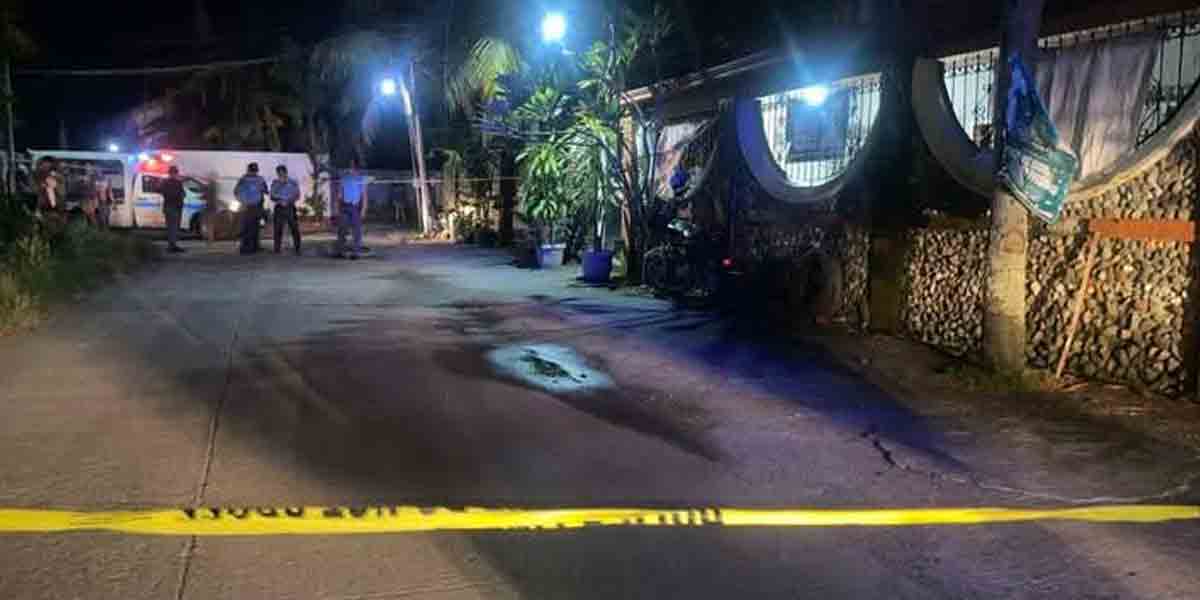By Alex P. Vidal
“For me, your real age is not the age on your ID. That’s just a date when you were born.” —Jose Mourinho
WE were neither surprised nor irritated when constantly badgered by fellow Filipinos living in the United States if “may Real ID ka na ba?” (Do you have a Real ID?)
We also did the same to others whenever there was opportunity akin to asking, “bomoto ka na ba?” (Have you cast your vote?) or “nagpa bakuna ka na ba?” (Have you been vaccinated?)
But why should we have it? What if we don’t have it yet? The answer is: we must and should have it before May 7, 2025.
For instance, if my New York State license or ID does not have a star or a flag on it, then I do not have a REAL ID-compliant document.
A REAL ID is a federally compliant DMV-issued driver license, learner permit, or non-driver ID that will be required to board a domestic flight (within the U.S.) or enter certain federal buildings starting in May 2025, unless we have a valid passport.
If we don’t have it yet, we will only have ourselves to blame. Here’s why: US-based Filipinos who care for fellow Filipinos residing permanently in America were never remiss in reminding each other about the need for and importance of having a Real ID.
One of the biggest news in the United States nowadays is that starting May 7, 2025, the United States Department of Homeland Security (DHS) will begin enforcing Real IDs.
Those who don’t have a Real ID card by that date could face issues traveling in the United States and lose access to certain federal buildings.
-o0o-
Real IDs were a recommendation by the 9/11 Commission, formed in 2002 under former President George W. Bush, for the federal government to “set standards for the issuance of sources of identification, such as driver’s licenses and identification cards.”
In addition to boarding domestic commercial flights, Real IDs will be required to grant access to certain federal facilities and nuclear power plants.
The US Congress formally passed the Real ID Act in 2005. However, the federal government has delayed enforcing Real IDs several times over the last two decades.
Although Real IDs are a form of identification, DHS said they are not considered proof of citizenship.
“If the card does not have a star marking, it is not REAL ID-compliant and won’t be accepted as proof of identity to board commercial aircraft,” DHS said.
However, there are variations. Depending on the state, Real IDs can feature a gold star, a black star, a gold circle with a white star cutout, or a black circle with a white star cutout.
In California, Real IDs have an image of a gold grizzly bear with a white star cutout.
DHS announced on April 24, 025 that New York State Real IDs, enhanced licenses, and identification cards will have a star or the US flag.
Adults flying domestically in the United States can show an alternative form of identification.
-o0o-
The Transportation Security Administration (TSA) doesn’t require children under 18 to provide identification when traveling within the United States.
The agency’s website shared a list of accepted identification options, including US passports, US passport cards, state-issued Enhanced Driver’s Licenses (EDL), and more. However, in April, the TSA said that the temporary paper card given to applicants by the DMV would not be accepted.
If travelers don’t have an acceptable form of ID, a TSA officer “may ask you to complete an identity verification process, which includes collecting information such as your name and current address to confirm your identity. If your identity is confirmed, you will be allowed to enter the screening checkpoint, where you may be subject to additional screening.”
“You will not be allowed to enter the security checkpoint if you choose to not provide acceptable identification, you decline to cooperate with the identity verification process, or your identity cannot be confirmed,” the TSA’s website says.
DHS added that passengers attempting to fly without proper identification “expect to face delays, additional screening, and the possibility of not being permitted into the security checkpoint.”
-o0o-
What are the privacy concerns around Real ID?
Alexis Hancock, director of engineering at the nonprofit Electronic Frontier Foundation, said the program “pushes for regimes that strip privacy from everyone and further marginalize undocumented people.”
She sent an email statement to USA TODAY saying, “While Real ID-compliant identification will soon be required to enter TSA checkpoints, there is no reason this can’t and won’t expand to include additional ‘official purposes’ with federal entities in the future.”
Because identifying information is currently stored at the state level, Hancock added that the program’s unified standards could make it “even easier” to transfer sensitive information over state lines, such as when state DMVs have reportedly sold data to third parties.
The American Civil Liberties Union has similarly said the law would facilitate data tracking on individuals if fully implemented.
“By definitively turning driver’s licenses into a form of national identity documents, Real ID would have a tremendously destructive impact on privacy,” the organization’s website reads.
(The author, who is now based in New York City, used to be the editor of two leading daily newspapers in Iloilo, Philippines.—Ed)






















